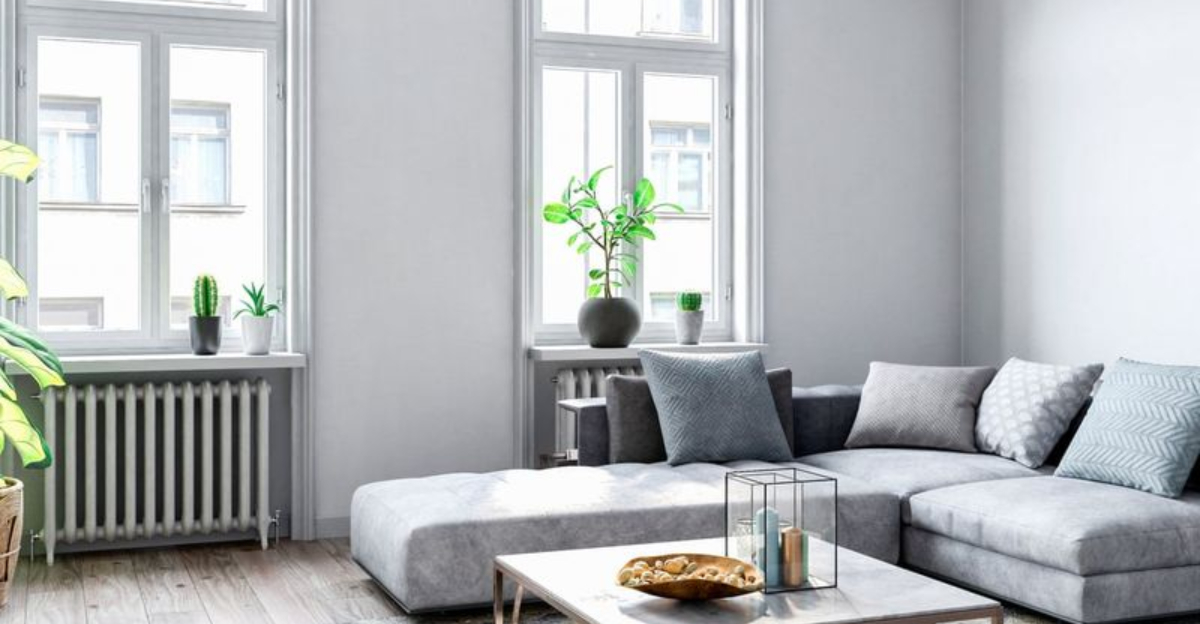Homes speak volumes before their owners utter a word. Some scream fashion victim with all the subtlety of a flamingo lawn ornament, while others whisper timeless sophistication that never needs explaining.
Ready for a ruthless design intervention? Join me for a tour through decor’s hall of shame and the enduring classics that deserve permanent residence in our homes.
1. Word Art Manifestos
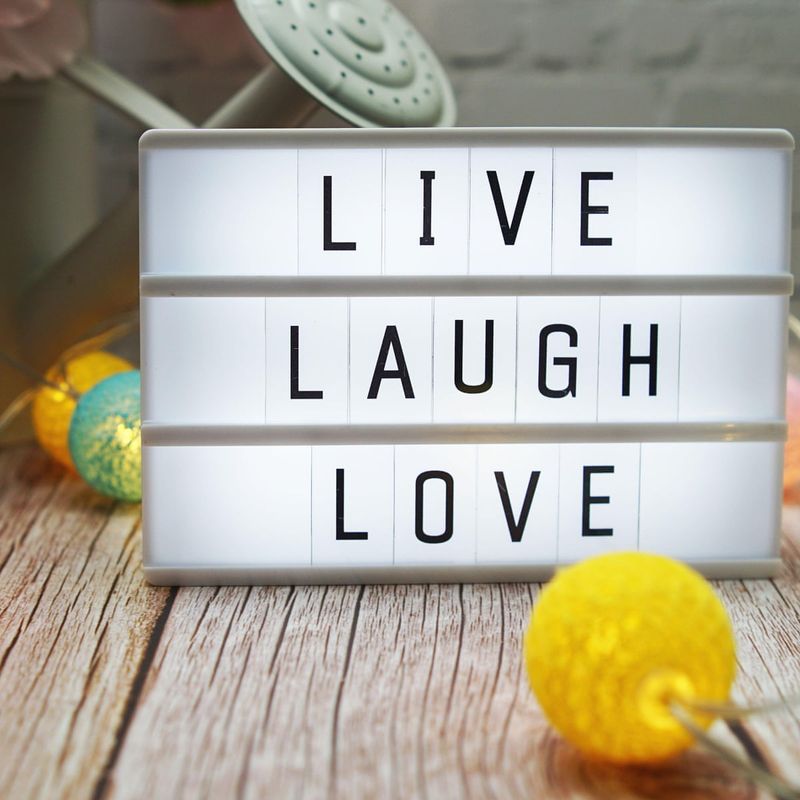
Rooms across America fell victim to vinyl reminders to “Live, Laugh, Love” as if homeowners might forget without wall-sized prompting. Spawned during the Pinterest revolution, these typography nightmares turned meaningful phrases into meaningless decoration.
Walking into a home plastered with obvious life instructions feels like being trapped in a motivational speaker’s PowerPoint presentation. Nobody needs calligraphy commanding them to “Gather” in dining rooms where gathering naturally occurs.
2. Chevron Pattern Overload
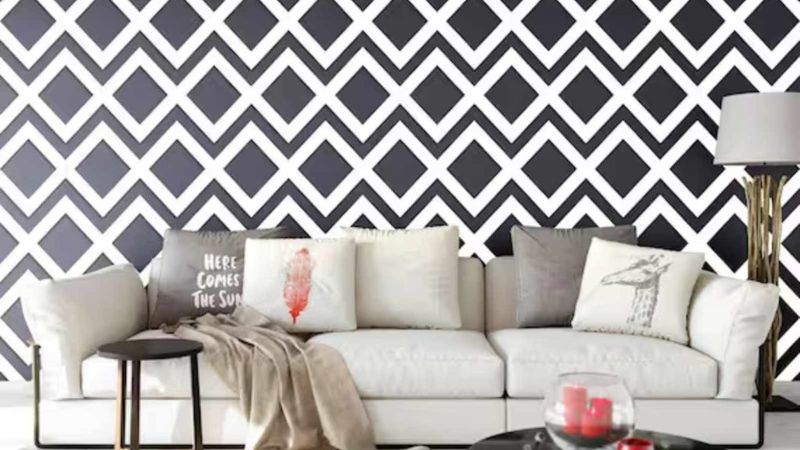
Zigzagging its way into every fabric, wall, and surface imaginable during the 2010s, chevron became design’s equivalent of a bad pop song played on repeat. Originally elegant in moderation, Pinterest boards transformed chevron into visual assault weapons.
Gray-and-white zigzags multiplied like rabbits across nurseries, kitchens, and bathrooms. Homeowners seemingly competed to see who could induce more migraines through aggressive geometric saturation, creating spaces that vibrated with unnecessary visual tension.
3. Pallet Wood Everything
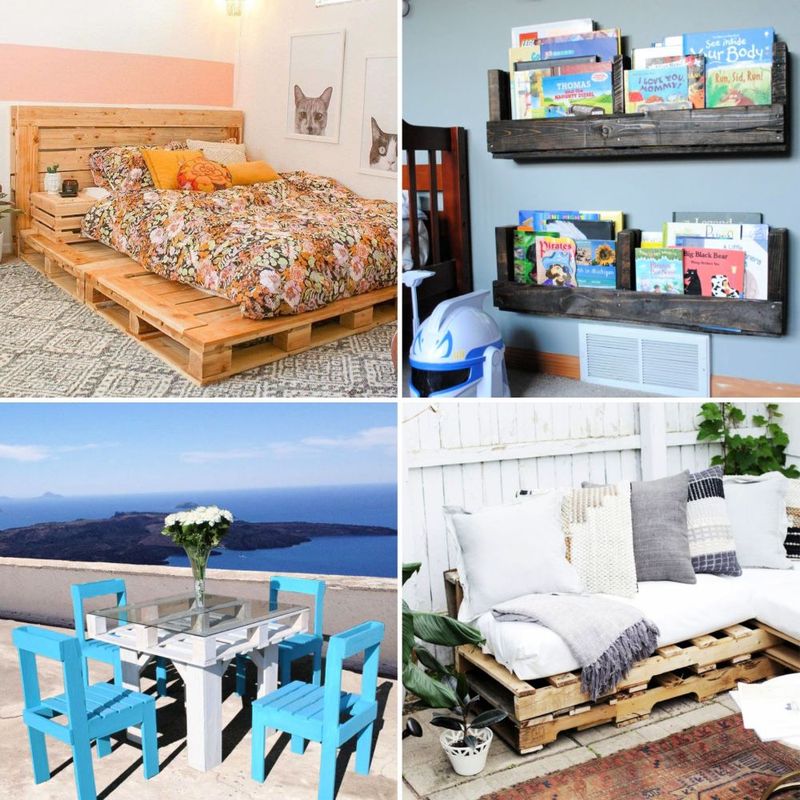
Shipping pallets should deliver goods, not become your headboard. DIY enthusiasts raided industrial zones, transforming splintery transport materials into everything from coffee tables to entire accent walls.
Rough-hewn and often still bearing shipping stamps, these recycled monstrosities brought splinters, questionable chemical treatments, and faux-rustic vibes into perfectly good homes. Farmhouse influencers convinced a generation that tetanus risk equaled authentic charm in the quest for Instagram-worthy interiors.
4. All-Gray Everything
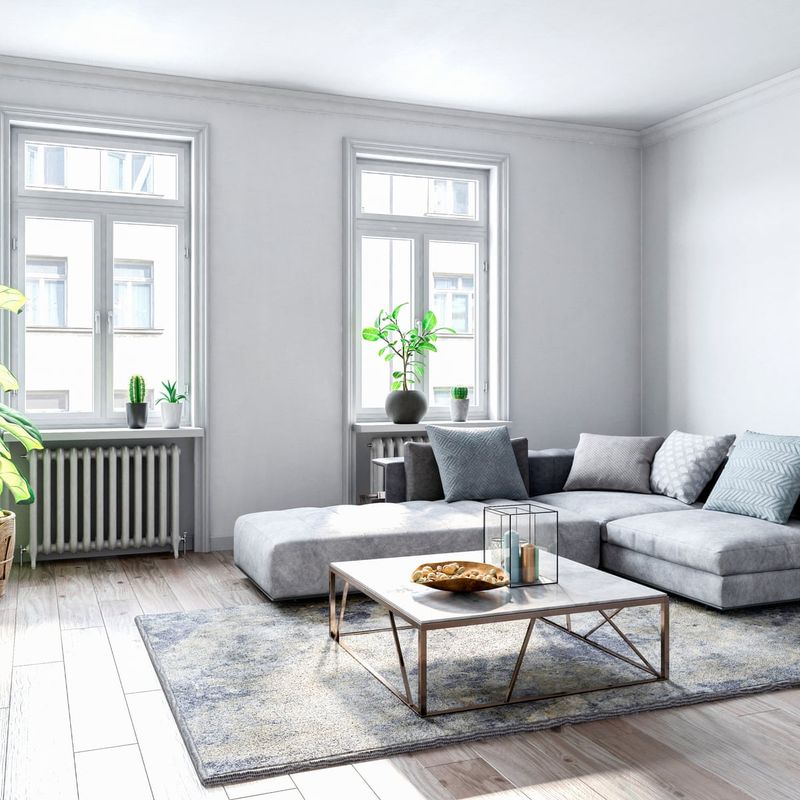
Blame HGTV house flippers for turning homes into grayscale experiments. What began as “neutral for resale” morphed into a depressing fog of gray floors, walls, cabinets, and furnishings that sucked joy from living spaces everywhere.
Walking into these monochrome mausoleums felt like entering a world where color died and personality went extinct. Homeowners mistook this funeral palette for sophistication, creating spaces that resembled poorly rendered 3D models rather than vibrant homes meant for actual living.
5. Mason Jar Madness
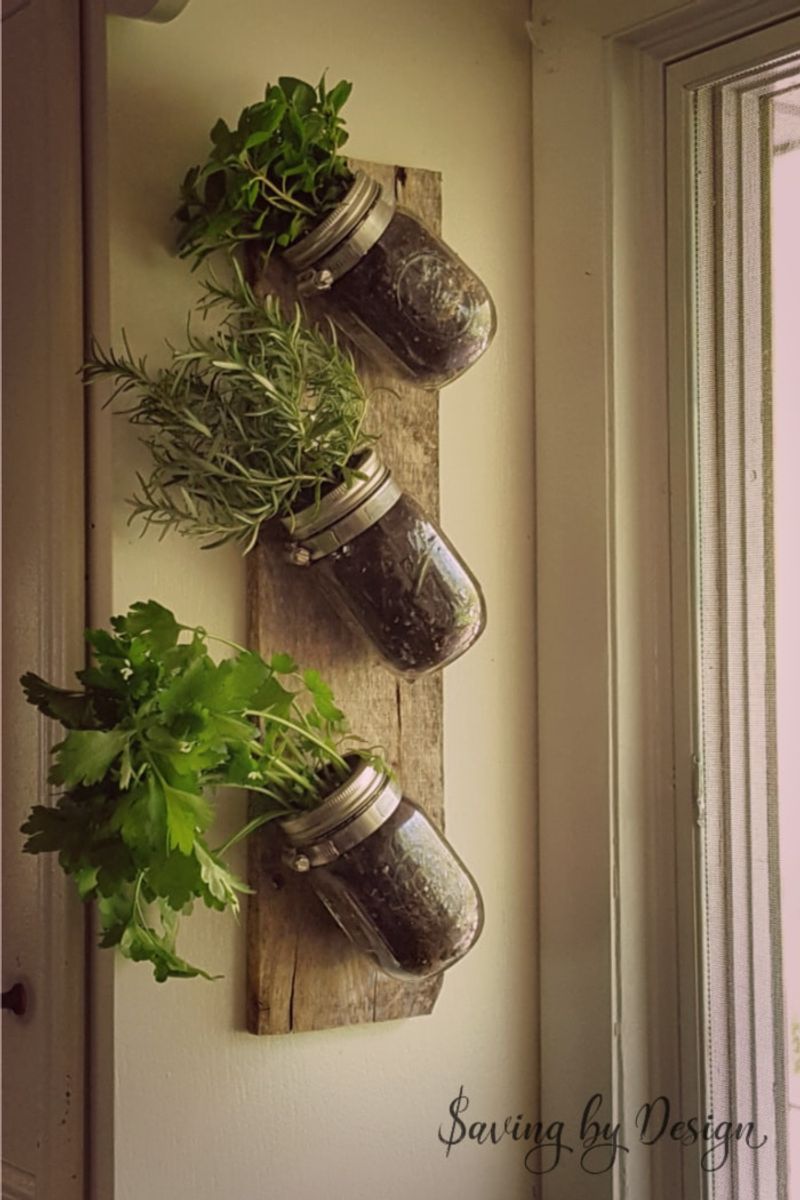
Grandma’s canning vessels somehow escaped the pantry to become lighting fixtures, soap dispensers, and wedding centerpieces. Rustic weddings weaponized these humble glass containers until Pinterest boards collapsed under their weight.
Suspended from rope or painted in chalky finishes, mason jars transformed from practical storage into tiresome decor shorthand for “I own a hot glue gun.” Country-chic enthusiasts forgot these utilitarian objects were designed for preserving peaches, not bathroom aesthetics or chandelier construction.
6. Tuscan Kitchen Overload
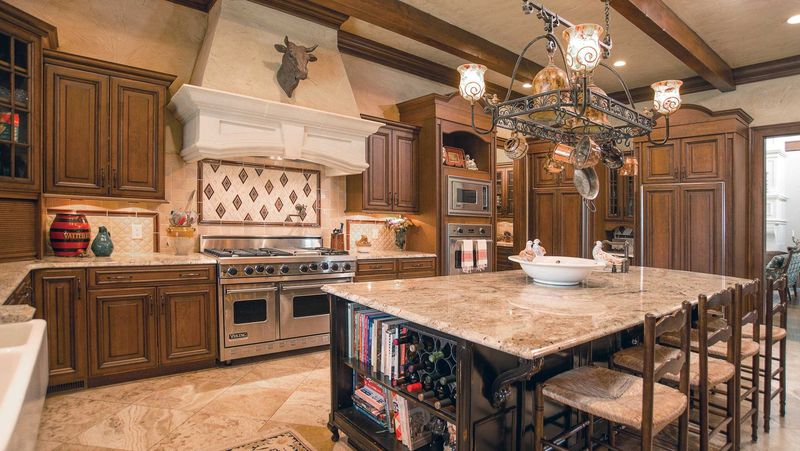
McMansions nationwide suffered Mediterranean fever during the early 2000s. Kitchens drowned in faux-finished ochre walls, heavy wrought iron accessories, and enough grape and olive motifs to stock an Italian grocery.
Massive pot racks dangled threatening cast iron over granite islands while fake grapevines collected grease and dust atop cabinets. Homeowners who’d never visited Italy created fever-dream interpretations of Tuscan farmhouses, complete with unnecessary ornate corbels and bizarre rooster collections crowding every surface.
7. Edison Bulb Invasion
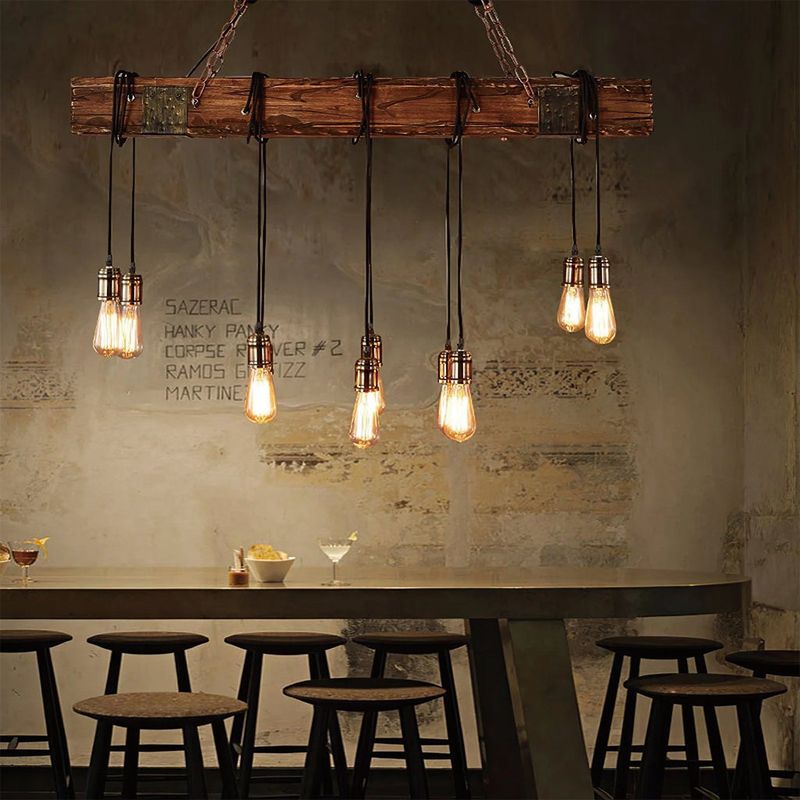
Exposed filament bulbs turned restaurants, coffee shops, and eventually homes into sepia-toned Victorian factories. Initially charming in limited industrial applications, these energy-sucking light sources multiplied across ceilings everywhere.
Casting dim, unflattering light while consuming electricity like it’s 1879, Edison bulbs transformed modern spaces into steampunk caricatures. Homeowners squinted through dinner parties while congratulating themselves on vintage authenticity, apparently forgetting that Thomas Edison’s actual invention was quickly improved upon for good reasons.
8. Barn Doors Where No Barn Exists

Interior designers started mounting sliding farm equipment on tracks inside perfectly normal suburban homes. Suddenly, bathroom privacy depended on decorative doors never designed to seal anything properly.
Heavy wooden slabs with metal hardware rumbled past perfectly good hinged doors, leaving gaps while creating noise and maintenance issues. HGTV personalities convinced homeowners that agricultural equipment belonged in master bathrooms and laundry rooms, regardless of architectural context or practical function.
9. Popcorn Ceilings
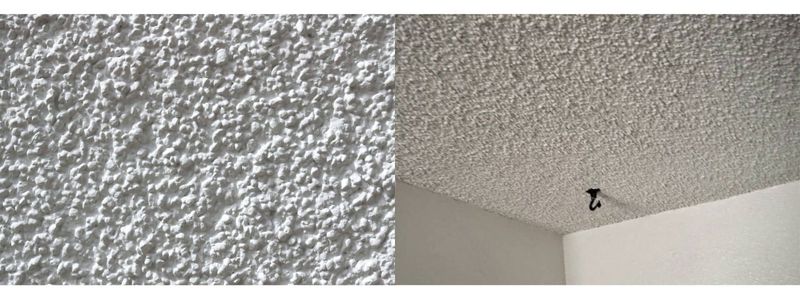
Spray-on acoustic nightmare surfaces reigned supreme from the 1950s through the 1980s. Resembling cottage cheese flung skyward and frozen in time, these textured ceilings collected dust, made painting impossible, and dated homes instantly.
Builders loved how quickly they could hide imperfections; homeowners hated how impossible they were to clean. Often containing asbestos before 1978, these dimpled disasters weren’t just ugly—they potentially harbored dangerous fibers alongside decades of spider webs and discoloration.
10. Millennial Pink Saturation
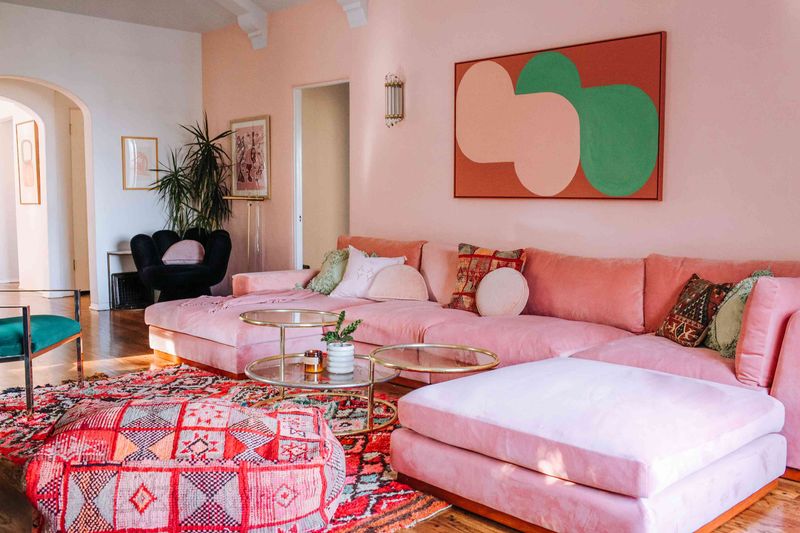
Around 2016, a dusty salmon shade conquered Instagram, then invaded homes everywhere. Neither truly pink nor peach, this social media-spawned hue spread from throw pillows to entire furniture sets with alarming speed.
Marketing geniuses convinced an entire generation that this particular color represented sophisticated rebellion. Apartments transformed into rose-tinted echo chambers as young professionals surrounded themselves with blush-toned velvet furniture, attempting to manifest personality through mass-produced pastel conformity.
11. Hardwood Patina
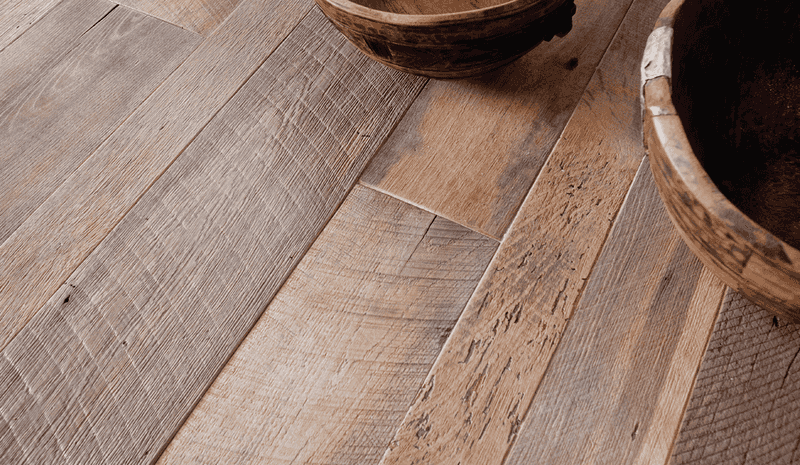
Real wood floors tell stories through every scratch and color variation. Unlike vinyl imposters, genuine hardwood develops character over decades, aging gracefully like fine wine or George Clooney.
Oak, maple, and walnut planks welcome generations of footsteps, absorbing history while maintaining structural integrity.
Refinishable multiple times, these floors become family heirlooms underfoot, surviving trend cycles while particleboard alternatives end up in landfills. Natural grain patterns provide warmth no digital reproduction can match.
12. Handwoven Natural Textiles
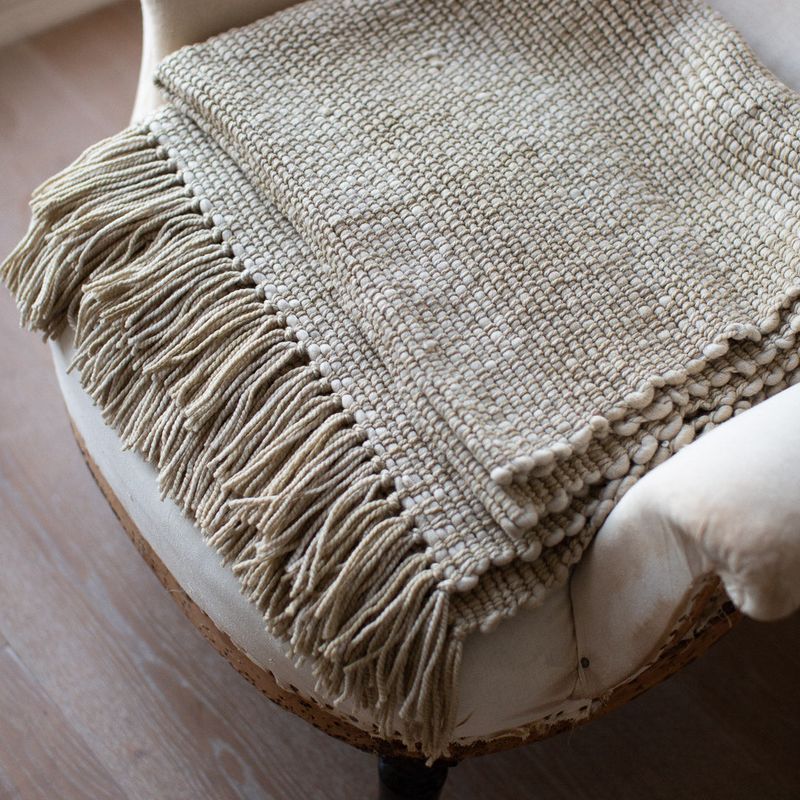
Linen, wool, and cotton textiles honor ancient crafts while bringing tactile pleasure to everyday objects. Fabric woven by human hands carries subtle imperfections that mass production deliberately eliminates.
Drapes that puddle perfectly, napkins softening with each wash, and throws that actually warm bodies rather than just staging photos—these textiles improve through use. Unlike polyester counterparts, natural fibers breathe, age beautifully, and connect homes to global weaving traditions stretching back millennia.
13. Architectural Salvage
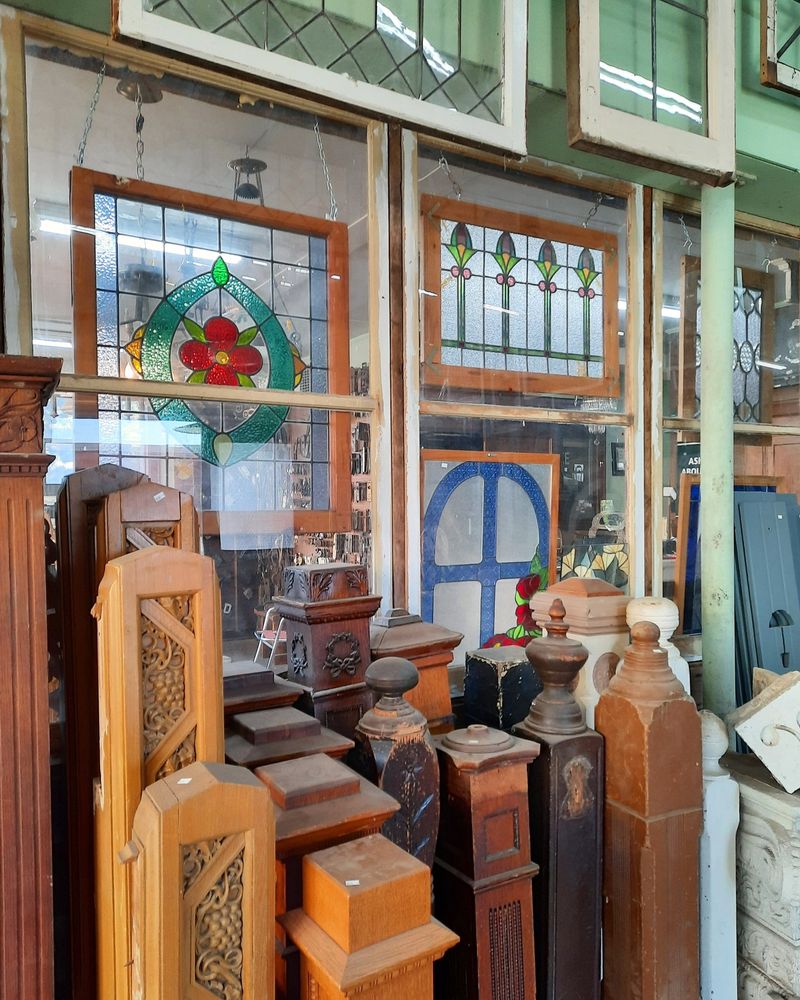
Rescued mantels, vintage doorknobs, and reclaimed corbels bring historical gravitas to modern spaces. Unlike mass-produced reproductions, authentic architectural elements carry craftsmanship from eras when details mattered and planned obsolescence wasn’t business strategy.
Weathered newel posts and stained glass transoms survived demolition to find new purpose. Beyond aesthetic value, incorporating these elements represents environmental stewardship, preserving embodied energy and irreplaceable materials while creating visual anchors that ground spaces in authenticity.
14. Plaster Walls
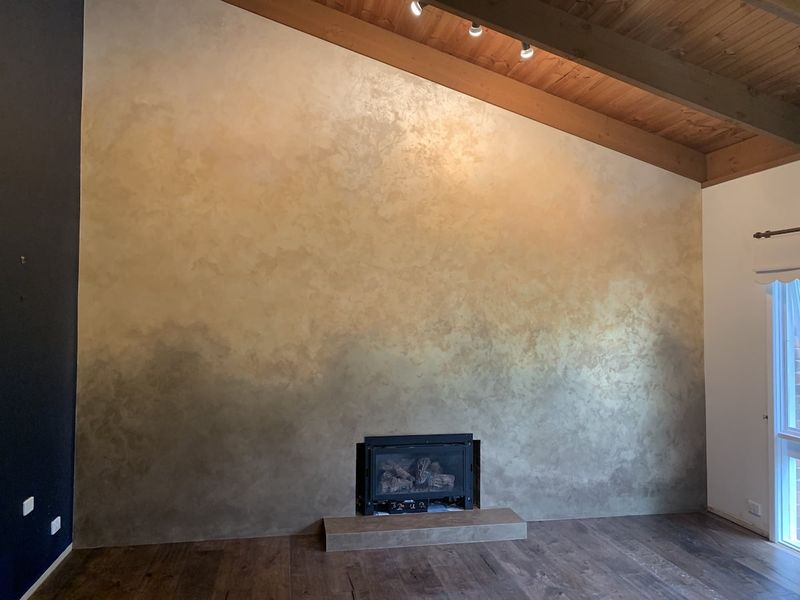
Long before drywall’s flat perfection, artisans hand-applied limestone plaster to create walls with depth and subtle variation. Modern versions maintain this timeless technique, delivering breathable surfaces with visual interest that flat paint can never achieve.
Venetian plaster, tadelakt, and lime wash techniques create living surfaces that interact with light throughout the day. Unlike trendy accent walls, these finishes work with any architectural style. Properly maintained plaster walls can last centuries while improving indoor air quality.
15. Handmade Ceramics
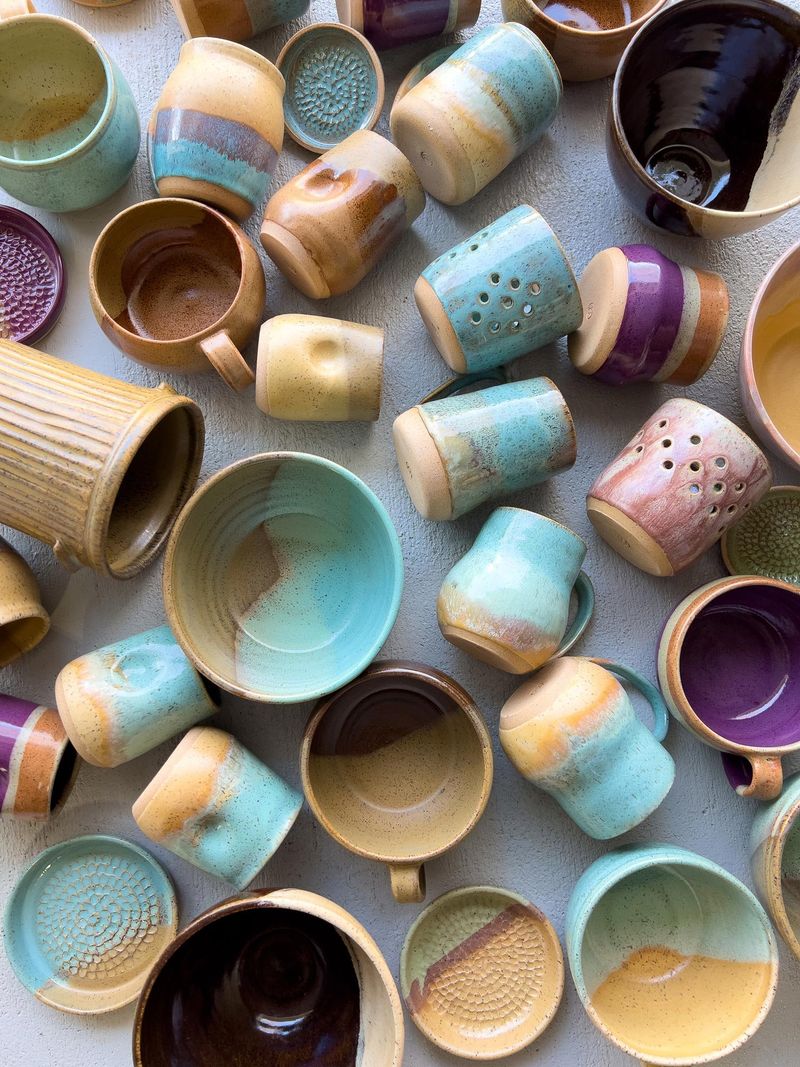
Artisan-crafted pottery brings human touch to tables and shelves. Perfectly imperfect glazes, visible throwing lines, and slight asymmetry distinguish handmade vessels from factory-perfect alternatives.
Stoneware dinner plates, porcelain vases, and earthenware bowls connect homes to ancient traditions while supporting living artists. Unlike disposable tableware, quality ceramics become more precious with use. Coffee tastes better from mugs formed by human hands, each piece telling stories through unique variations.
16. Brass Hardware Patina
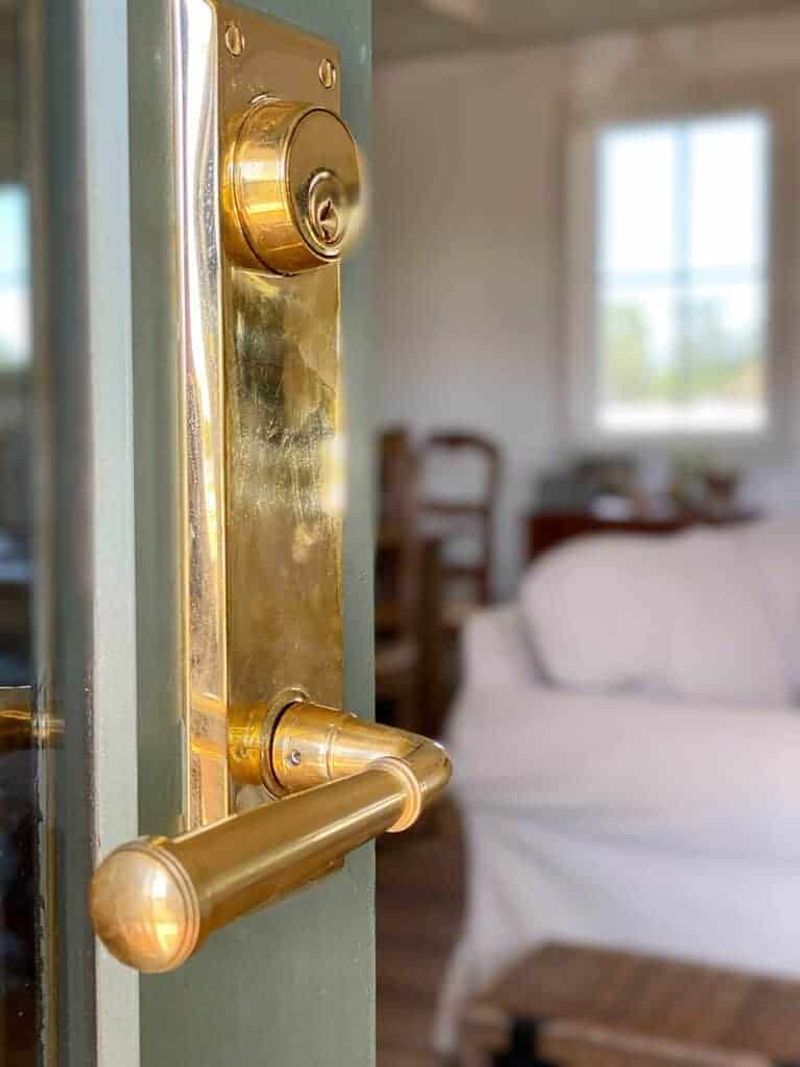
Unlacquered brass doorknobs, drawer pulls, and fixtures evolve over time, developing rich patinas through human contact. Unlike chrome or trendy matte black, living brass finishes warm with age rather than deteriorating.
Fingerprints and oxidation create unique wearing patterns on frequently touched surfaces. Victorian, Craftsman, and Mid-century homes all embrace brass details that anchor designs in authenticity. Antique hardware pieces often feature craftsmanship impossible to replicate in mass production.
17. Oriental Rugs
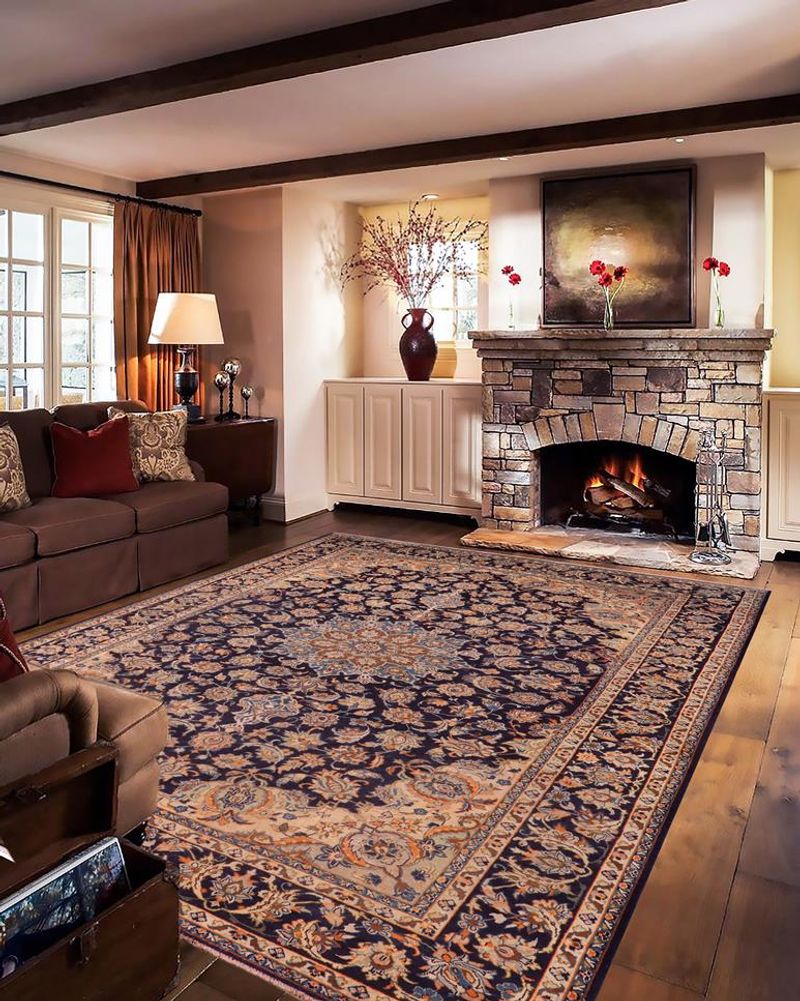
Hand-knotted Persian, Turkish, and Caucasian carpets ground rooms with gravitas no factory-made alternative can match. Weavers spend months or years creating patterns that blend geometric precision with subtle irregularities.
Natural dyes derived from plants and minerals create harmonious color palettes that synthetic dyes cannot replicate. Unlike trendy area rugs that quickly reveal wear patterns, these masterpieces improve with age, often lasting centuries. Traditional patterns transcend design trends, working equally well in contemporary lofts or historic homes.
18. Gallery Walls
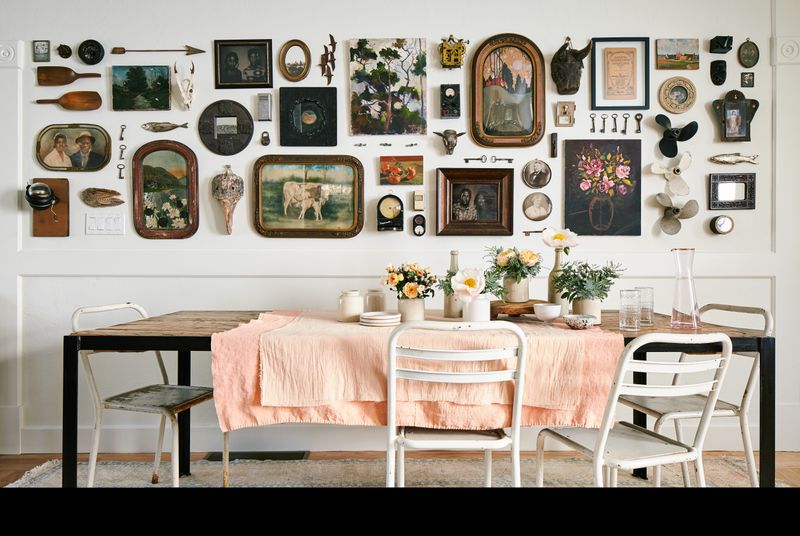
Thoughtfully curated personal art collections transform walls into visual autobiographies. Unlike mass-produced canvas prints declaring generic sentiments, authentic gallery arrangements showcase actual memories, inherited treasures, and intentional acquisitions.
Family photographs, travel souvenirs, children’s artwork, and professional pieces coexist in harmony when unified by thoughtful framing. Gallery walls evolve organically over decades, never reaching completion. Each addition represents genuine life experience rather than decorator-approved aesthetic filler.
19. Vintage Lighting Fixtures
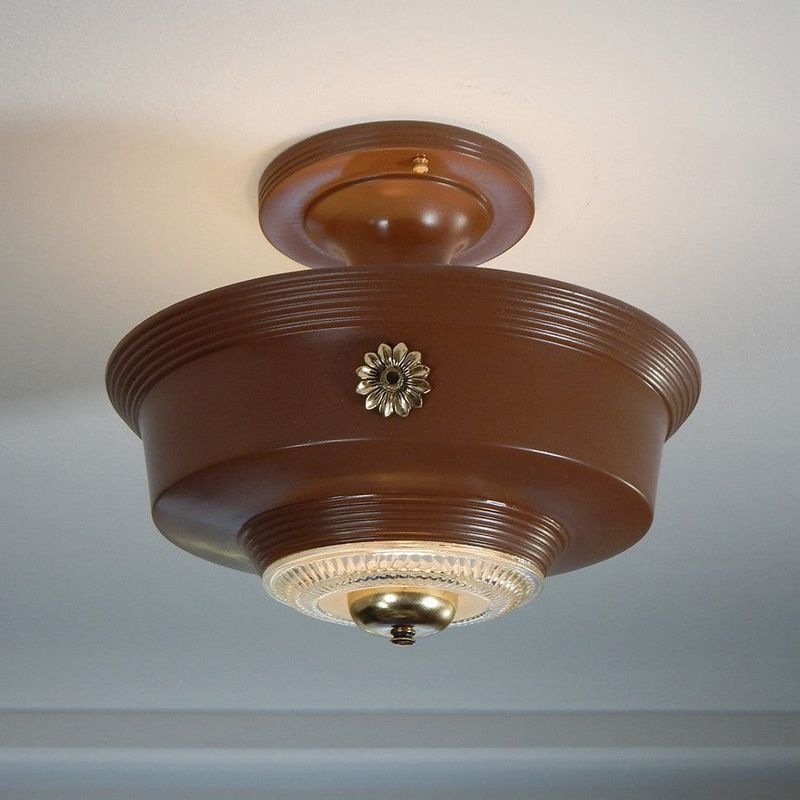
Salvaged schoolhouse pendants, rewired sconces, and antique chandeliers bring historical depth that reproduction fixtures lack. Crafted when illumination was celebrated rather than merely functional, these pieces incorporate details modern manufacturing skips.
Hand-blown glass shades, intricate metalwork, and patinated finishes create ambient light that flatters spaces and occupants alike. Unlike disposable big-box store lighting, quality vintage fixtures appreciate in value while providing connection to specific design eras and craftsmanship traditions.
20. Window Treatments With Substance
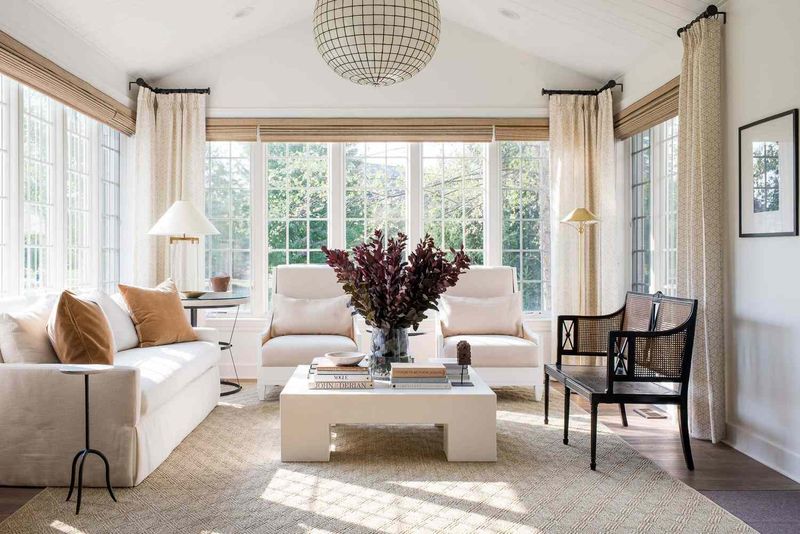
Properly scaled drapery, Roman shades, and shutters frame views while providing actual function. Unlike skimpy panels flanking windows without purpose, substantial window treatments control light, insulate against temperature extremes, and enhance acoustics.
Natural fabrics with proper lining and custom hardware move effortlessly while maintaining proportional relationships to architecture. Pleated headers, weighted hems, and proper installation distinguish quality window treatments from decorative suggestions of window coverings that perform no actual window-related tasks.

